Emergency Preparedness for Pet Owners
As pet owners, we cherish our furry companions and want to keep them safe at all costs. However, emergencies can strike at any moment—whether due to natural disasters, unexpected medical issues, or sudden evacuations. Being unprepared can put our beloved pets in harm’s way. This article will guide you through essential steps for emergency preparedness for pet owners. By understanding how to create effective pet emergency plans and learning how to prepare our pets for emergencies, we can ensure their safety during difficult times.
Understanding the Importance of Pet Emergency Preparedness
When we think about emergencies, our focus often gravitates towards human safety. Yet, our pets deserve the same level of attention and care. Here are several compelling reasons why pet emergency preparedness is crucial: https://truepetslove.com/product/fresh-step-cat-litter/
Protecting Your Pet’s Life
In a crisis, the primary goal is ensuring the safety of our loved ones, including our pets. By having a plan in place, we can significantly reduce the risk of injury or loss.
Reducing Stress
Emergencies are inherently stressful. A well-prepared plan can alleviate anxiety for both you and your pet, as you will know exactly what steps to take when the unexpected occurs.
Ensuring Quick Response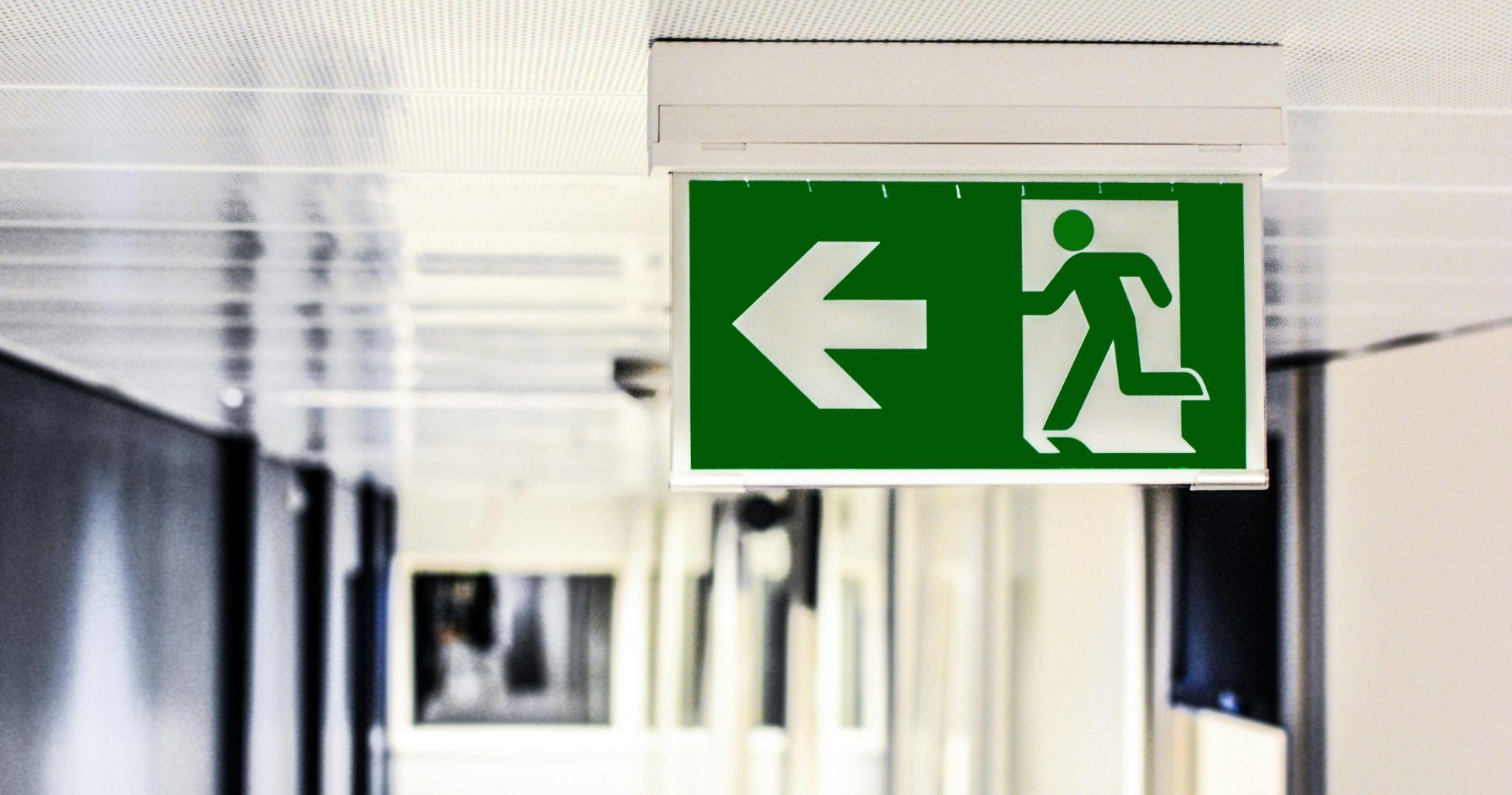
In emergencies, time is of the essence. Being prepared allows for a swift response, ensuring that your pet receives any necessary care or evacuation without delay.
Building Resilience
Practicing emergency preparedness enhances both you and your pet’s resilience to unexpected situations, facilitating a smoother transition during crises.
Assessing Your Pet’s Needs
Before you can create effective pet emergency plans, it’s essential to understand your pet’s specific needs. Different animals may require different considerations based on their species, breed, and individual circumstances. https://truepetslove.com/product/dog-camera-wi-fi/
Evaluate Your Pet’s Medical History
- Vaccination Records: Ensure all vaccinations are up-to-date and keep copies of these records with your emergency supplies.
- Chronic Conditions: Consider any ongoing medical issues that require special attention, such as diabetes or allergies.
- Medications: Have a supply of any necessary medications and a plan for refills during an emergency.
Consider Your Pet’s Behavior
- Socialization: How well does your pet handle unfamiliar people or situations? Socialized pets may adapt better to stressful scenarios.
- Temperament: Understanding your pet’s personality can inform how you handle them during emergencies.
Creating a Pet Emergency Kit
An essential component of emergency preparedness for pet owners is assembling a comprehensive pet emergency kit. This kit should be easily accessible and stocked with everything you may need in case of an emergency.
What to Include in Your Pet Emergency Kit
- Food and Water:
- A minimum three-day supply of food
- Enough water for at least three days
- Portable bowls
- Medications:
- A supply of necessary medications for at least a week
- Copies of medical records and vaccination history
- Identification:
- Collars with ID tags
- Microchip information (ensure your pet is microchipped)
- Comfort Items:
- A familiar blanket or toy to help soothe your pet
- A crate or carrier for safe transport
- First Aid Kit:
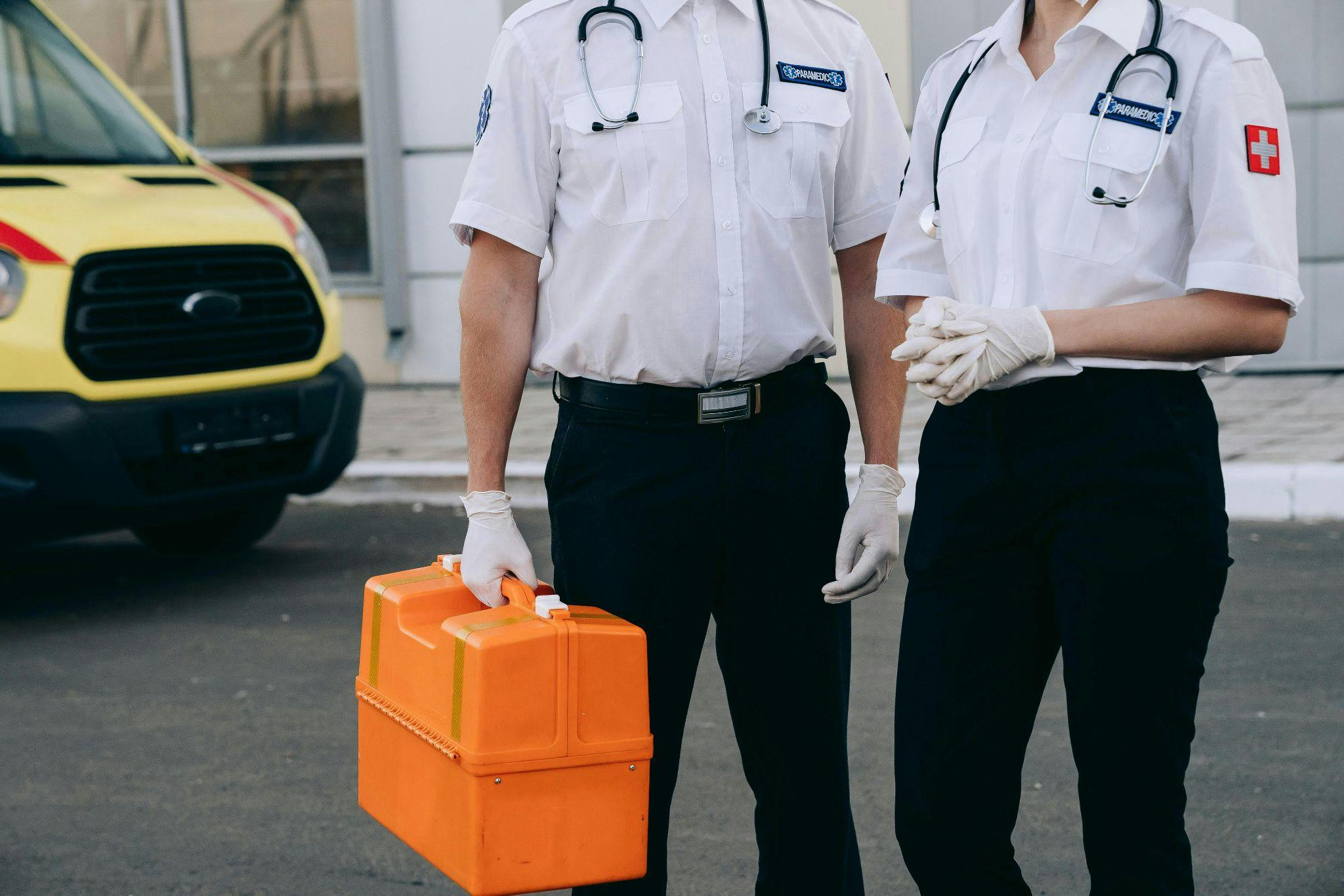
-
- Gauze, antiseptic wipes, bandages, and any specific items based on your pet’s needs
- Pet Safety Supplies:
- Leashes, muzzles (if necessary), and harnesses
- Reflective vests or lights for visibility during evacuations
- Emergency Contacts:
- A list of veterinary contacts, local animal shelters, and emergency services
Organizing Your Kit
- Store all items in a waterproof container or backpack for easy transport.
- Regularly check and replace any expired items or food.
Developing a Pet Emergency Plan
A well-thought-out pet emergency plan is vital for effective emergency preparedness. This plan should cover various scenarios, including natural disasters, house fires, and evacuations.
Identifying Emergency Scenarios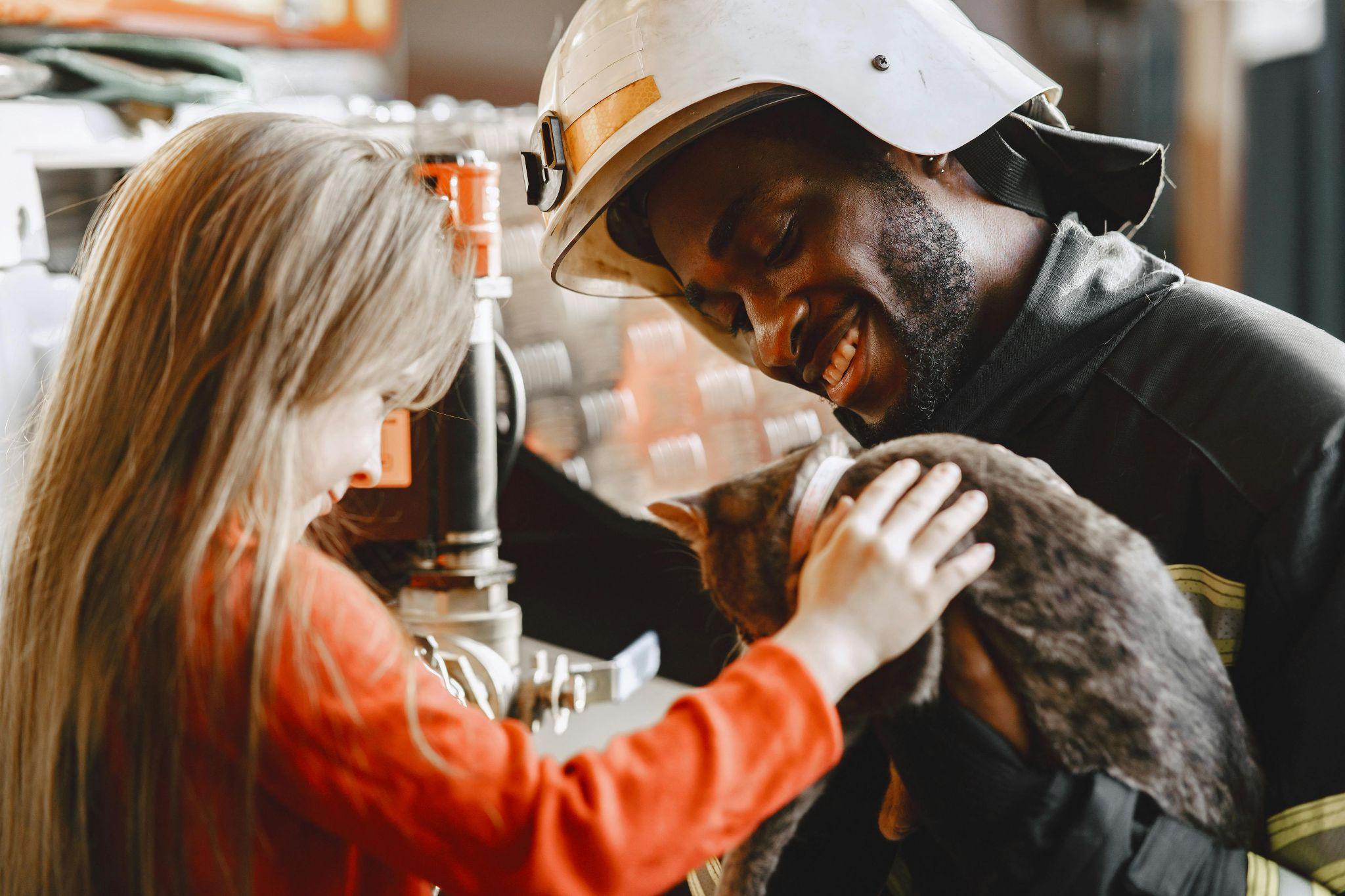
- Natural Disasters: Consider potential risks such as hurricanes, floods, earthquakes, or wildfires.
- Evacuations: Know your evacuation routes and have a plan for where to go.
- Medical Emergencies: Identify nearby veterinary clinics that can provide emergency care.
Planning Your Evacuation
- Transport: Decide on the best mode of transportation for your pet. Can they travel in a crate or a harness?
- Safe Locations: Research pet-friendly hotels, shelters, or friends and family who can take in pets if necessary.
Practicing Your Plan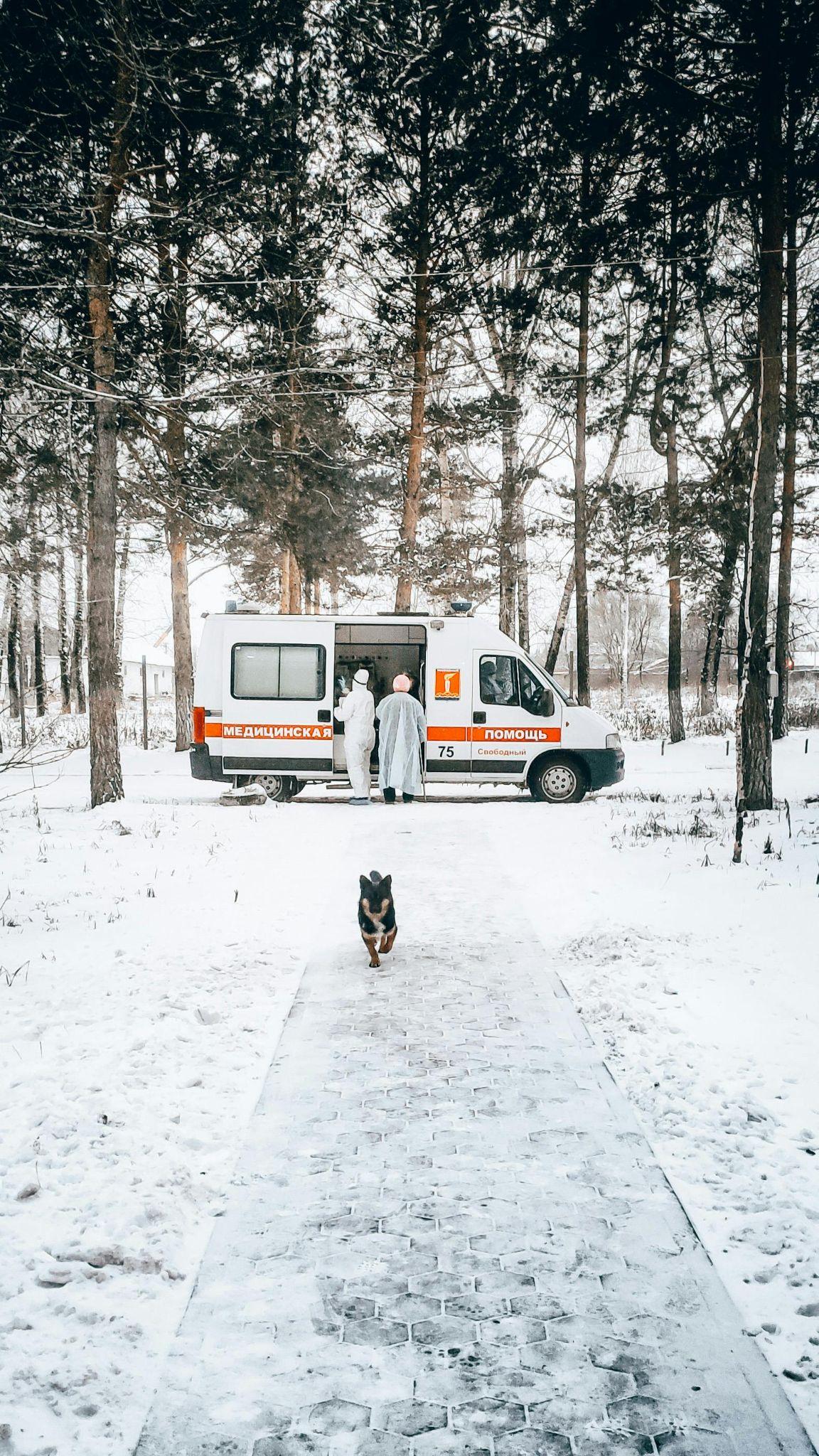
- Rehearse: Regularly practice your emergency plan with your pet. Familiarize them with the crate or carrier to reduce stress during an actual emergency.
- Involve Your Family: Ensure everyone in your household knows the plan and their roles.
Preparing Pets for Emergencies
Preparing pets for emergencies goes beyond just having a plan; it involves desensitizing them to potential stressors and training them for quick action.
Training Your Pet
- Basic Commands: Ensure your pet responds to basic commands like “sit,” “stay,” and “come.” These can be crucial in high-stress situations.
- Leash Training: Familiarize your pet with walking on a leash to facilitate a quick exit when necessary.
Socialization and Exposure
- Gradual Exposure: Expose your pet to different environments, sounds, and situations to help them become accustomed to various stimuli.
- Positive Reinforcement: Use treats and praise to reward calm behavior during training exercises.
Staying Informed 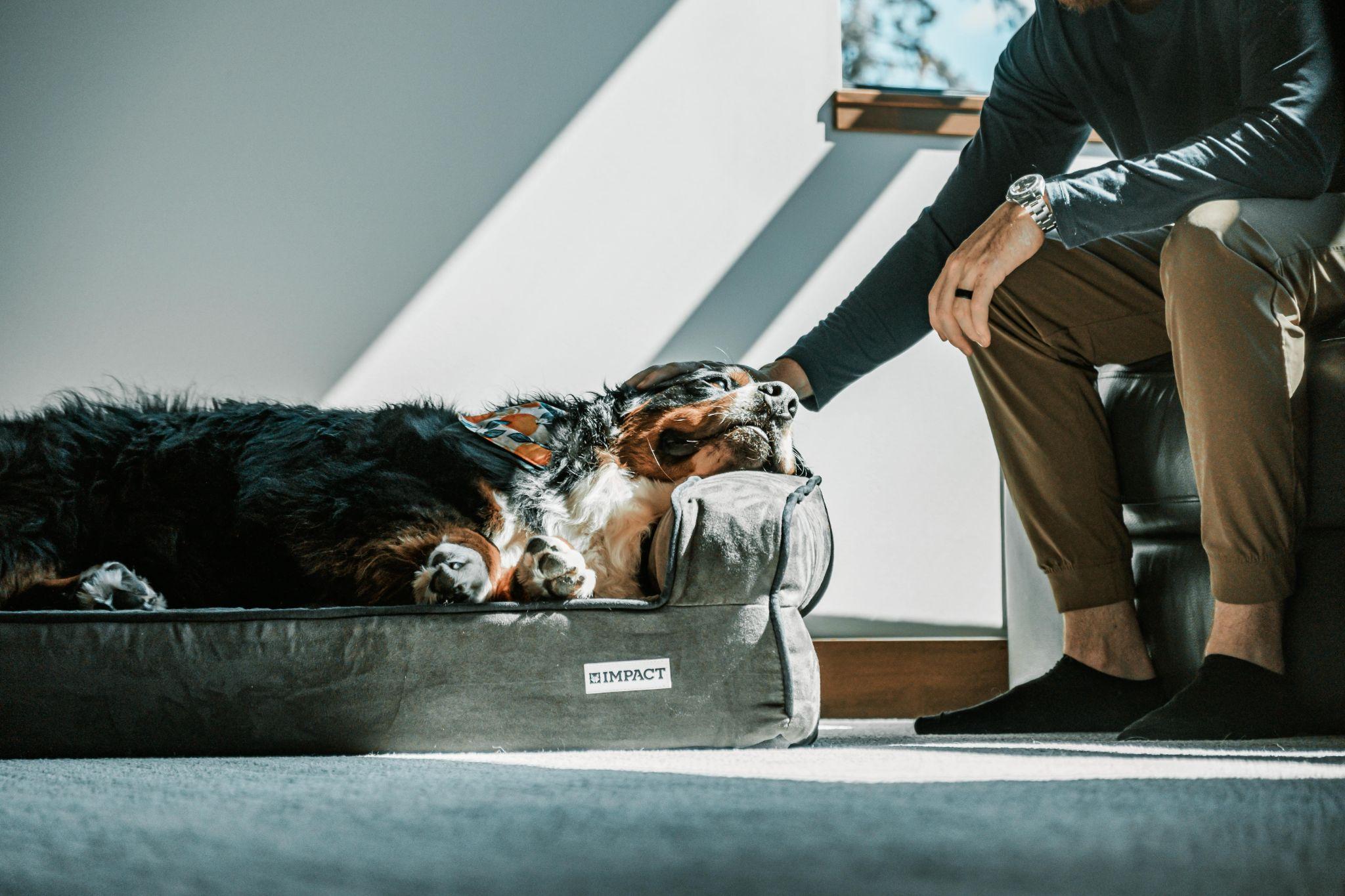
In times of crisis, information is power. Staying informed about potential threats in your area is essential for effective pet emergency preparedness. https://truepetslove.com/
Local Resources
- Emergency Services: Familiarize yourself with local emergency services and their protocols regarding pets during crises.
- Community Groups: Join local pet owner groups or social media communities that share information about emergency preparedness.
Monitoring Weather and Alerts
- Sign up for weather alerts and notifications from local authorities. Knowing when to prepare can make all the difference.
Emergency preparedness for pet owners is not just a nice-to-have; it’s a necessity. By understanding the importance of pet emergency preparedness and taking the time to create effective pet emergency plans, we can significantly enhance the safety and well-being of our furry friends. Remember to assess your pet’s needs, assemble a comprehensive emergency kit, develop a solid emergency plan, and prepare your pet through training and socialization. Being proactive can turn a potentially disastrous situation into a manageable one, ensuring that both you and your pet stay safe during emergencies. After all, a well-prepared pet owner is a responsible and loving pet owner. Are you ready to start your journey toward complete pet emergency preparedness?
